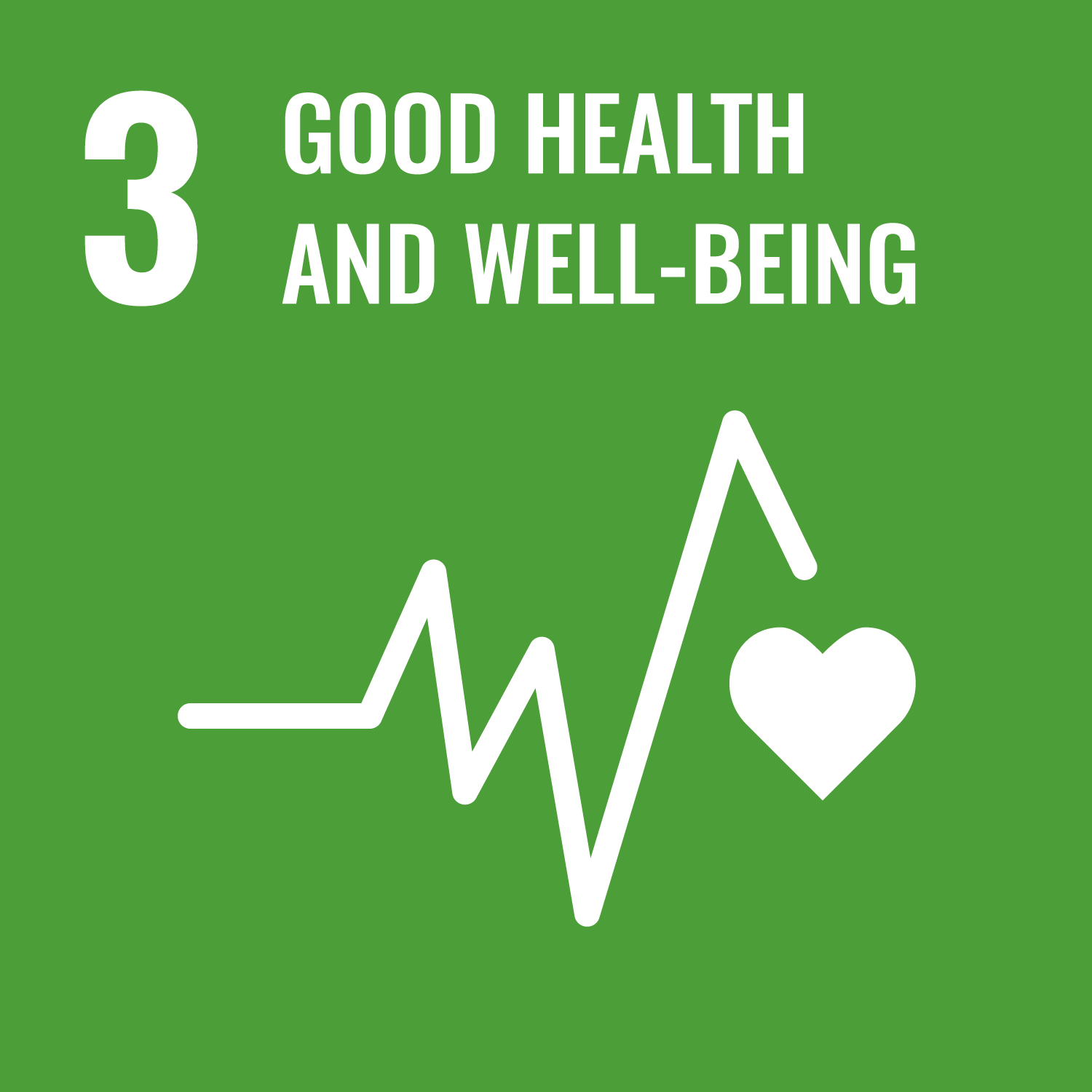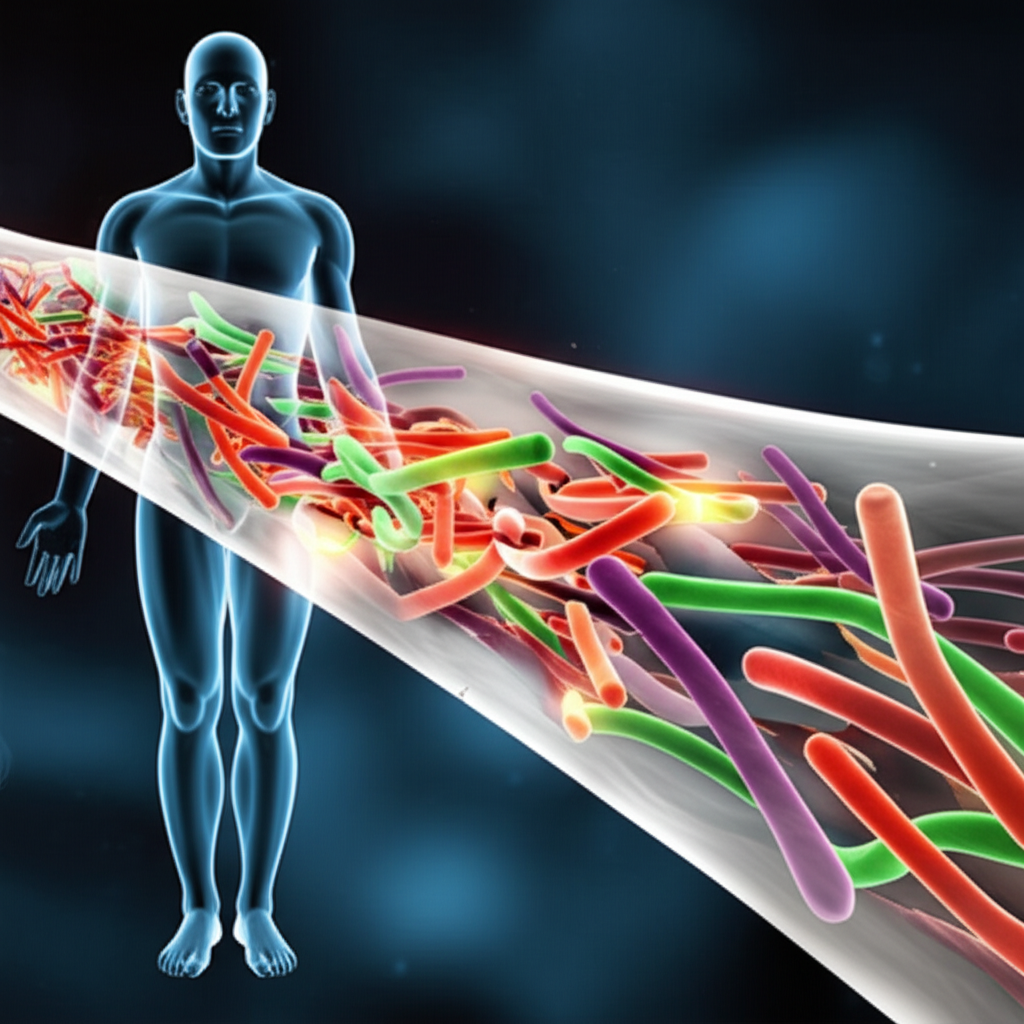Imagine a future where medicine is delivered with pinpoint accuracy, and heat therapies are incredibly efficient. Researchers at Universiti Teknologi Malaysia (UTM) are exploring this possibility by investigating the use of carbon nanotubes (CNTs) within blood to enhance drug delivery and thermal therapies. Their work focuses on understanding how these tiny tubes behave in rotating blood flow, a crucial mechanism in biomedical applications such as artificial hearts and hemodialysis systems. While most existing research emphasizes surgical applications, this UTM study takes a theoretical approach, delving into the under-explored area of rotating blood flow with CNTs.
Think of a blood vessel as a channel. This study models blood flow within such a channel, examining how suspending single-wall and multi-wall carbon nanotubes (SWCNTs and MWCNTs) affects the flow’s behavior. The human blood is modeled as a Casson nanofluid – a fluid containing nanoparticles – within a rotating channel that is also porous, under the influence of magnetic fields. CNTs are known for their exceptional heat transfer properties, surpassing those of conventional fluids, making them ideal for applications requiring efficient thermal regulation. The team used complex mathematical equations to model this system, eventually solving them to predict the velocity, temperature, and concentration profiles within the rotating channel.
The results are promising. Increasing the rotation of the channel reduces the primary velocity of the fluid but increases the secondary velocity. This is significant because these velocity changes can help prevent vascular diseases. Furthermore, a higher concentration of CNTs boosts both velocity components, potentially accelerating drug transport. Perhaps most strikingly, the presence of CNTs significantly improves heat transfer. SWCNTs, in particular, demonstrated a dramatic increase in heat transfer efficiency compared to MWCNTs. According to the study, SWCNTs demonstrated a 42.66% increase in heat transfer at one plate and an astounding 390.28% increase at another compared to tests without carbon nanotubes.
This research from UTM offers crucial insights into optimizing heat and mass transfer in biomedical devices. By understanding how CNTs influence blood flow and heat transfer, scientists can design more effective drug delivery systems, thermal therapies, and other medical technologies. The next steps involve further refining the models and exploring other potential applications of CNT-blood nanofluids in medicine. This study could pave the way for more targeted and efficient treatments, ultimately improving patient outcomes.
DOI: https://doi.org/10.1016/j.compbiomed.2025.110371


